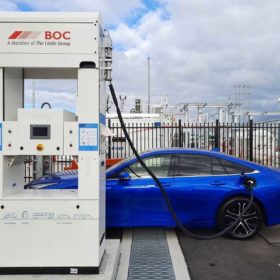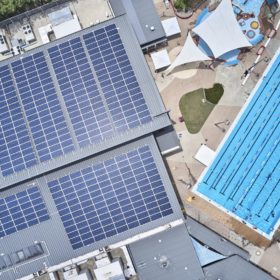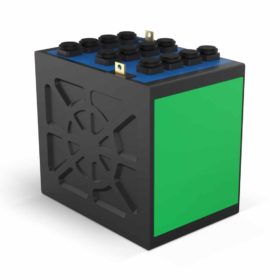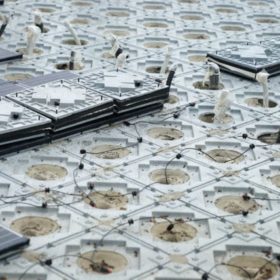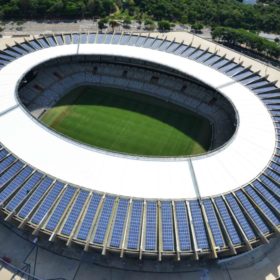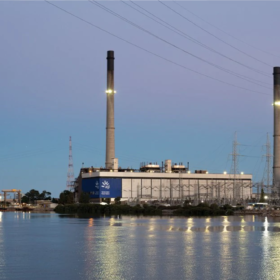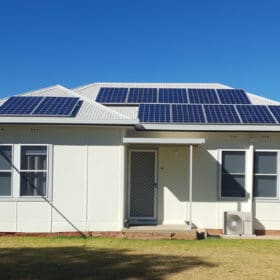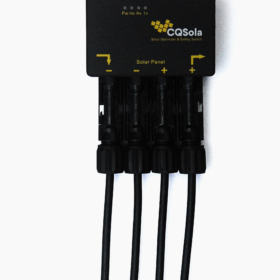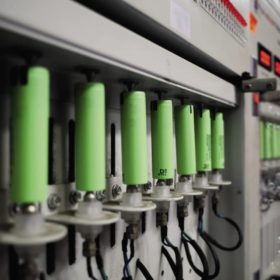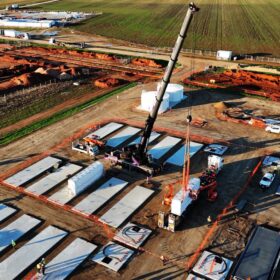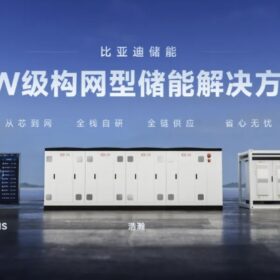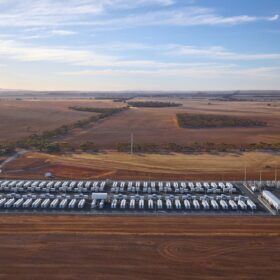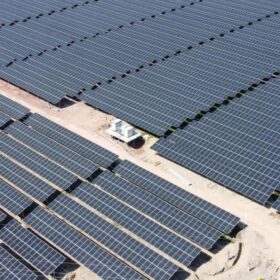Victoria’s roadmap to halve emissions by 2030 includes EV subsidy and renewably powered government operations
Victoria is now offering subsidies on electric and hydrogen fuel cell cars and will power its government operations with 100% renewable energy by 2025 as part of its long awaited Climate Change Strategy. The plan essentially offers a roadmap for the state’s 2050 net zero emissions target, including a number of nearer term goals.
Tweed Shire Council revs up solar installations
On New South Wales’s Northern Rivers the Tweed Shire Council has unanimously voted to push into the second phase of its pursuit of net zero emissions from its electricity usage by 2030. The move will see the Council’s solar capacity almost triple through 10 new solar installations.
South Korea kicks off 2 GW PV tender
The Northeast Asian nation has included PV projects exceeding 20 MW in size for the first time in its solar energy procurement scheme. Selected projects will be awarded a fixed rate under a 20-year contract under the country’s renewable energy certificate (REC) scheme and will sell electricity to local power distributors.
Absorbent glass mat battery for residential storage
Silicon Valley-based start-up Gridtential has secured US$12 million (AU$15.5m) in funds to develop what it calls the world’s first factory-ready, single-block, 24V, deep-cycle lead battery. The product is claimed to be ideal for personal mobility vehicles and renewable energy storage in homes and offices.
Solar pavement for historic square in Barcelona
The municipal government of Barcelona is supporting the development of a 50-square-meter pilot project to test the feasibility of PV-paving tech.
Sport’s 20,000 MWh goal — ACF throws down the solar gauntlet
A team ethic can achieve more than individual courageous acts. The Australian Conservation Foundation has launched a new campaign to inspire sporting venues and clubs to go solar!
Paying Australia’s coal-fired power stations to stay open longer is bad for consumers and the planet
Australian governments are busy designing the nation’s transition to a clean energy future. Unfortunately, in a misguided effort to ensure electricity supplies remain affordable and reliable, governments are considering a move that would effectively pay Australia’s old, polluting coal-fired power stations to stay open longer.
NSW feed-in-tariffs to drop in line with falling wholesale electricity prices
Recommendations by the NSW Independent Pricing and Regulatory Tribunal will see payback times for solar systems extended, but also favour battery uptake.
How to retrieve 36% in power losses at the solar-to-electrolysis end of hydrogen production
An Australian innovation, the unassuming-looking CQSola power controller has under-the-hood smarts that could significantly cut the cost of hydrogen produced using solar energy.
Sunday read: Battery testing builds certainty
Owners and operators of energy storage systems, as well as investors, need transparent ways to evaluate battery performance. They need certainty that the selected batteries for their ESS projects will perform reliably, have predictable life expectancies, and meet projected revenue and contractual obligations over their lifetimes. The economic viability of entire projects depend on this confidence, writes Michael Kleinberg of DNV.
